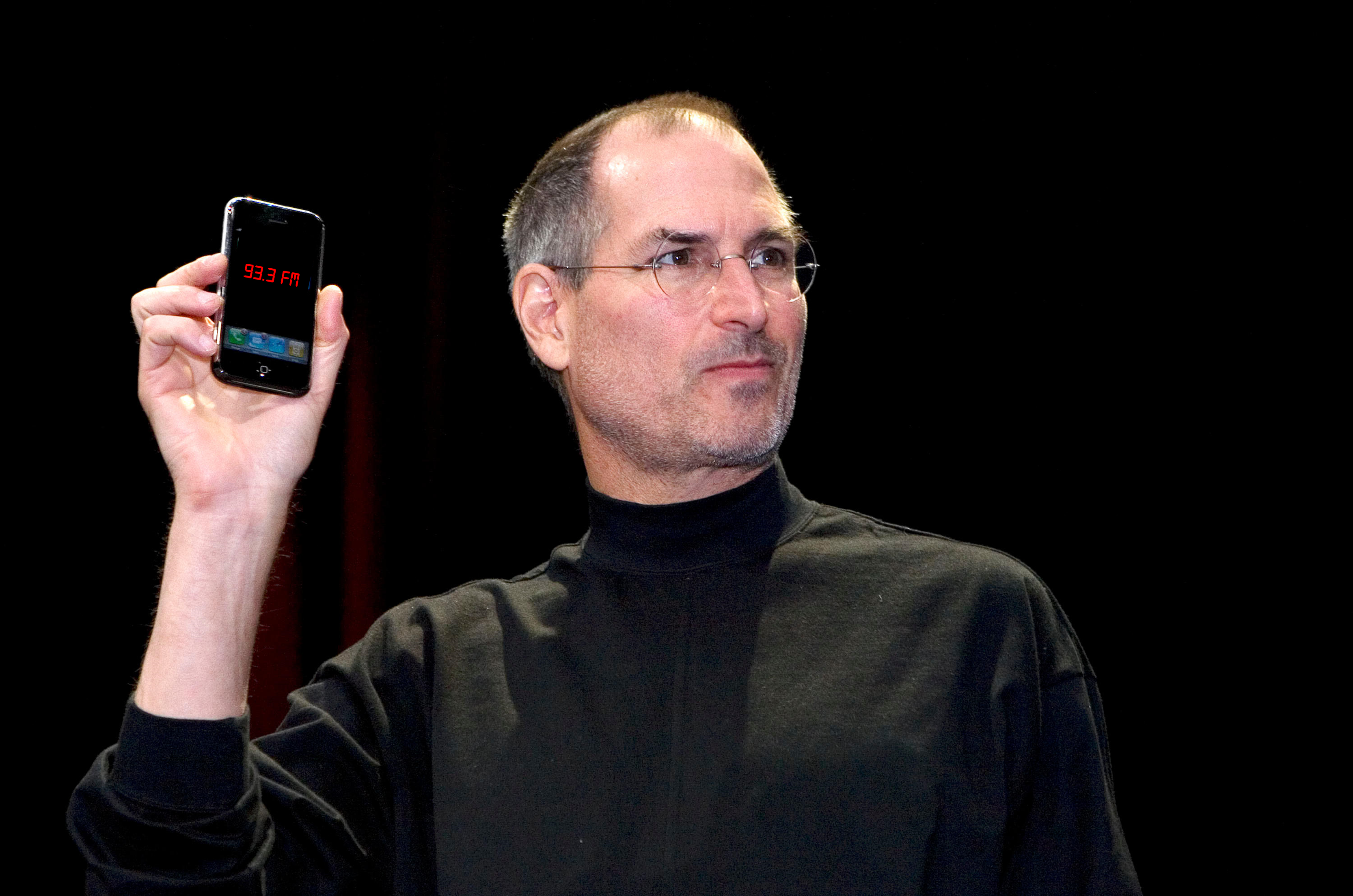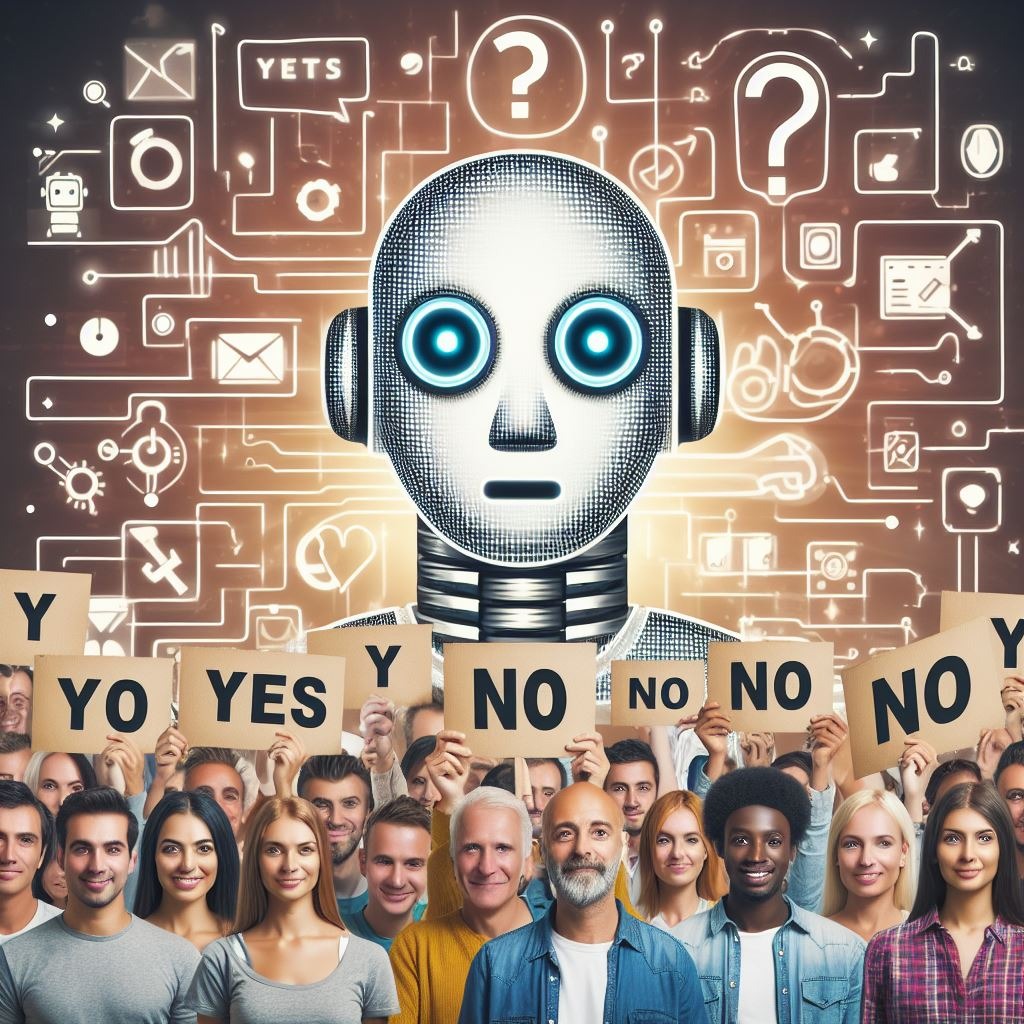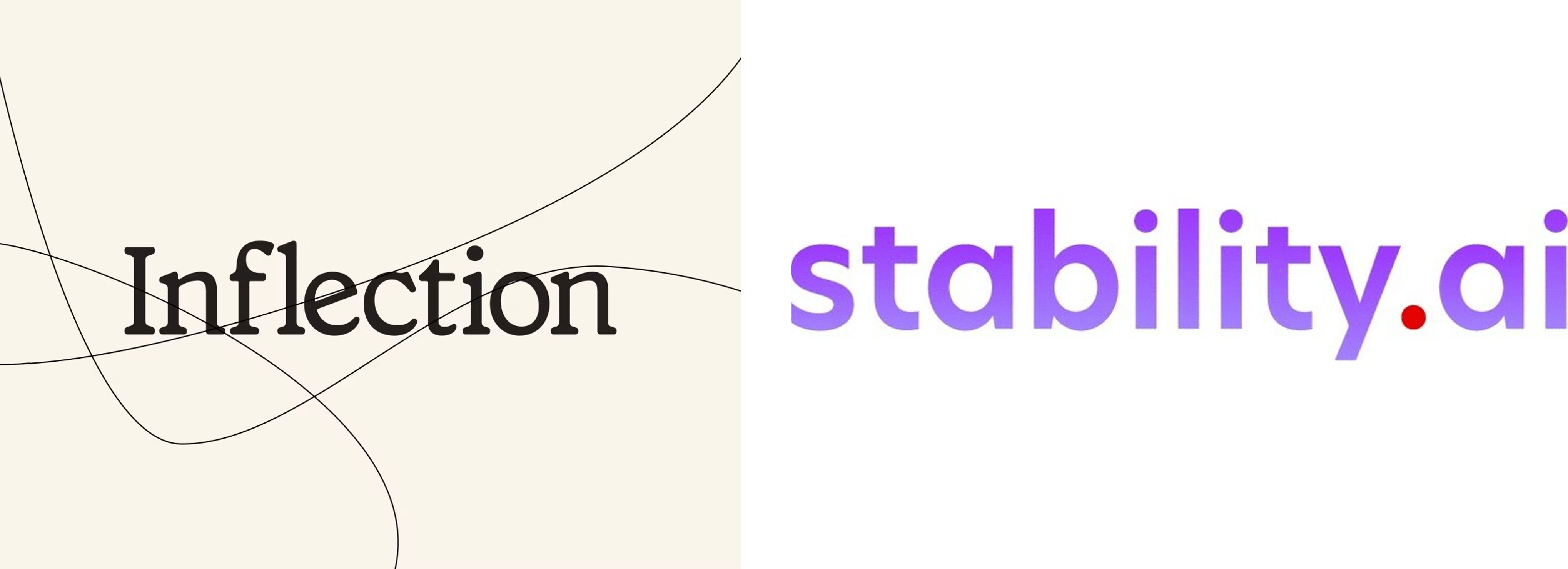The AI Revolution marches on!
Or does it?
For the last eighteen or so months, the buzz over AI has been overwhelming – but far from positive. This breakthrough technology has been widely hyped across news media sources, alternatively depressing and elating consumers.
The advent of ChatGPT appeared to do for AI what the iPod did for music listening and Serial did for podcasts.
But the iPod is now virtually obsolete, replaced by our smartphones and tablets. And the podcasting universe continues to chase the next big hit after Serial like the radio and music industries did after the Beatles. Sustainable successes and monetization are elusive. With any new technology, it is exceedingly difficult to innovate at the original rate that first blew our minds.
The iPhone is a great case in point. The original was the very definition of a “game changer.” That first smartphone from Apple was indeed a moment on the tech curve. And it was turbocharged by Apple’s creation of its App Store three years later. “There’s an app for that” isn’t just another marketing slogan. It became the mantra that has powered business, organizations, and other entities on smartphones for a decade and a half.

California Credit: Krista Kennell/ZUMAPRESS.com/Alamy Live News
But as next generation iPhones kept being released year after year, innovation slowed. These days, the hot “new features” are things like improved cameras and a titanium case – a far cry from the enthusiasm Steve Jobs generated when he held up the first iPhone at the Macworld Conference & Expo in San Francisco back in 2007.
Up next? AI, the next big thing.
That’s been the buildup since late in 2022, and the combination of abject fear and sheer exuberance has added new chapters to AI’s story. Over the last many months, we’ve continued to witness AI applications that are stunning and inspiring, but also with sobering implications. Our industry – radio, music, audio – has witnessed the AI wave – synthetic voices and faces, exponential efficiencies, AI-generated music, bot DJ sidekicks.
And the AI beat goes on.
But in recent days, serious thinkers in the tech space are conjecturing over whether AI’s meteoric progress has begun to sputter, limiting the ultimate impact of this innovation. An article in the New York Times by a trio of seasoned tech writers makes this suggestion about AI’s future;
innovation. An article in the New York Times by a trio of seasoned tech writers makes this suggestion about AI’s future;
“AI Start-Ups Face A Rough Reality Financial Reality Check”
And the story kicks off with this ominous lead:
“Call it the end of the beginning of the AI boom”
The authors note the financial requirements for AI investment that might lead to sustainable monetization have already reached a near impossible threshold.
They cite a start-up called Inflection AI. After raising $1.5 billion (that’s billion with a B), the company has returned very little capital and has already pivoted from its original business plan.
Another epic fail is Stability AI, a new company that failed to live up to the promise of its name. Despite raising massive investment, the Times writers tell us the CEO of this once promising startup has been replaced amid staff layoffs.

And there are others, leading to the conclusion the only players with pockets deep enough to play in the AI arena will be Trillion Dollar Death Stars like Microsoft, Google, and Meta. Almost everyone else will be priced out. Even after the Internet meltdown in the late ’90s, the online world spawned untold thousands of entrepreneurs with a laptop and an imagination. In fact, starting up a company on the worldwide web doesn’t necessarily require truckloads of cash. But when it comes to the world of AI, many analysts feel even well-capitalized businesses will not be able to compete.
Part of the reason may be that unlike the Internet boom-turned-bust of the late ’90s, the demand on AI start-ups to deliver profits…and fast…has already taken root in the sector. The Times quotes Ali Ghodsi, CEO of Databricks, a company that works with fledgling AI start-ups:
“It doesn’t matter how cool it is what you do – does it have business viability?”
Obviously, this is a much higher bar than those dotcom pioneers faced 30-odd years ago when Silicon Valley was already overheating.
The amount of money required to launch AI businesses is already off the charts. The Times story quotes a Pitchbook analysis that shows investments in AI during the past three years have reached the $330 billion mark – and growing. Still, successes are a rarity.
And while a product like OpenAI’s ChatGPT is raking in those $20/month fees for the premium version, it is not known how many billions continue to be poured into this technology with few returns.

Christopher Mims via Threads
Christopher Mims (pictured) from the Wall Street Journal who is especially skeptical of AI’s current trajectory. His headline:
“The AI Revolution Is Already Losing Steam”
Similar to the piece in the Times, Mims questions whether the actual output of AI innovation moving forward will generate enough ROI to justify the massive investments required to keep the technology percolating.
He posits the rate of AI progress is slowing, and cites the time required for a new tool to achieve mass acceptance in workplaces. An additional barrier is the limit on information and data AI tools can process. There’s only one Internet, and most AI engines have already been taught to access it. Where will further knowledge come from that can make AI more powerful and all-knowing?
The next logical source of info is…wait for it…AI engines learning from each other. But as Mims points out, this learning method where bots teach bots is fraught with danger.
Engineers call this “synthetic data,” and many predict it will not improve AI’s learning curve. Mims already notes progress has slowed from the early days of ChatGPT where it seemed like new innovation leaps were occurring daily.
And that leads us to the point where the difference between AI engines has narrowed, giving everyone essentially equal access to the AI tool kit. When everyone’s using the same base of knowledge, the edge narrows. Mims says we’re heading to that point with AI now.
The commoditization of AI seemed impossible a year ago, but that could be the road we’re on, where progress is incremental and the costs to achieve it are still astronomical.
And rather than AI becoming a staple at most workplaces, Mims says the data suggest a lot more people are “playing with it” than integrating it into their systems. And that leads him to the inevitable conclusion that AI might not be that big a difference-maker when it comes to productivity increases in the office.
To that end, consider this conclusion by Wharton professor Peter Cappell, paraphrased by Mims:
 “While these systems can help some people do their jobs, they can’t actually replace them. This means they are unlikely to help companies save on payroll.”
“While these systems can help some people do their jobs, they can’t actually replace them. This means they are unlikely to help companies save on payroll.”
If true, it’s a level-setter for the radio business where much of the early speculation was that AI would wipe out even more jobs than RIFs.
And then there’s the problem that almost always revolves around tech adoption – the people. In a brilliant, self-effacing article Mims also wrote last month on the 10th anniversary of WSJ tech column – “What I Got Wrong in a Decade of Predicting the Future of Tech” – he says humanity often bollixes the progress of new innovation.

Nancy Lyons, CEO Clockwork, at the PRPD Content Conference 2019
Nancy Lyons (pictured) of the Twin Cities-based agency Clockwork calls it “the analog transformation.” And it amounts to the same thing: all the bright, shiny tech we see each January at CES faces the vagary and illogic of human bias, skepticism, fear, and stubbornness. Much of this explains why newspapers and radio companies, in particular, continue to drag their organizational feet when it comes to digital transformation.
When we put our sixth research study of air talent in the U.S. into the field this July, we’ll learn first-hand whether our air talent are utilizing AI tools and bots in the preparation of their shows or additions such as character voices, synthetic phones, or even bot sidekicks.
There’s one AI tool for radio out there we’ve been impressed with: Tracy Johnson’s Radio Content Pro, a techie prep monster that can especially help resource- depleted shows. We’ll tell you more about this service in the coming weeks and months, but we believe it can be highly useful – not replacing producers or prep – but to make shows sound better.
depleted shows. We’ll tell you more about this service in the coming weeks and months, but we believe it can be highly useful – not replacing producers or prep – but to make shows sound better.
And perhaps that’s the ultimate key to the adoption of AI, or any technology. Is it tech for tech’s sake, does it replace a human’s contributions less effectively, or is it just a bunch of hype?
Mims’ conclusion in his 10th anniversary column sums it up nicely:
“By paying attention to what’s just over the horizon, my hope is that in our collective, imperfect, democratic way, we can figure out how to use new technologies, rather than being used by them.”
I love that, and might add it was written by a human.
To that end, AI will not solve all our problems, continuing to remind us of the need for hard work, a hearty imagination, and big dreams:
I collect ads like rich people collect cars.
The 10 most iconic ads I’ve found: pic.twitter.com/2CZsFWMCN8
— Madni Aghadi (@hey_madni) June 1, 2024
Our company is dedicated to helping you figure this out. To that end, sign up for Chris Brunt‘s weekly newsletter, “AI Edge,” which is designed to help radio broadcasters get our arms around this technology here.
(This post was written by a human, but the image at the top was created by a bot, Microsoft Copilot.)
Originally published by Jacobs Media









